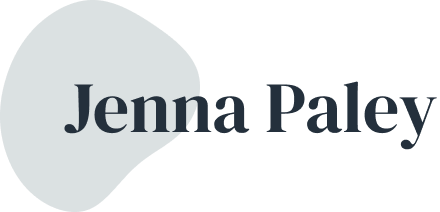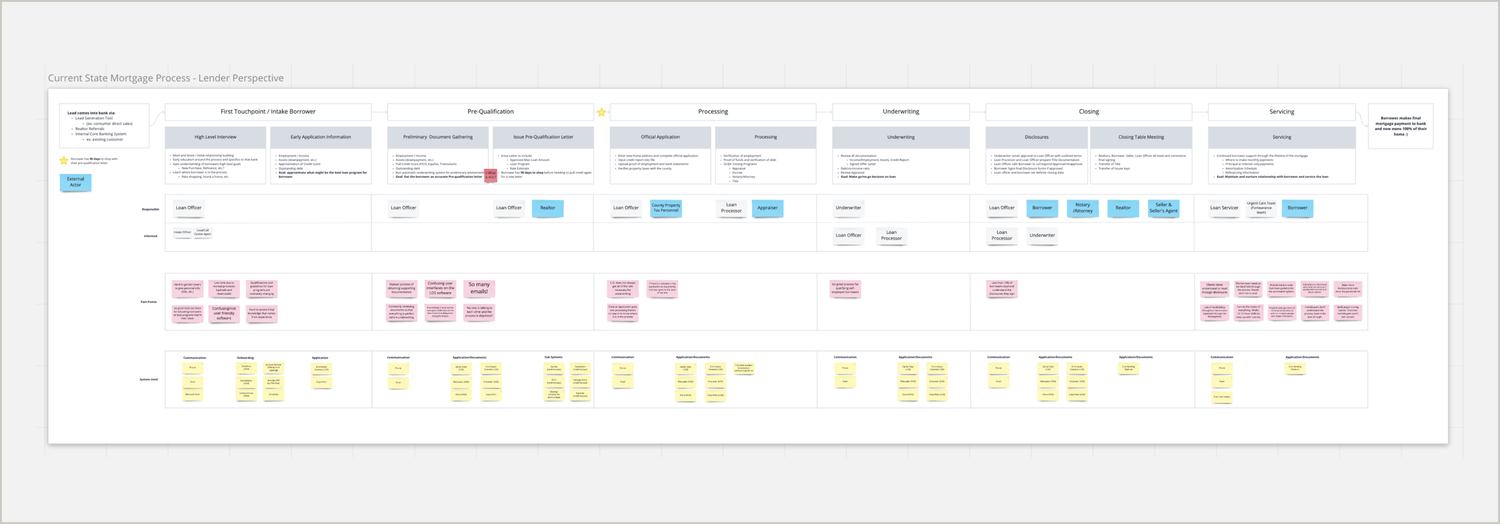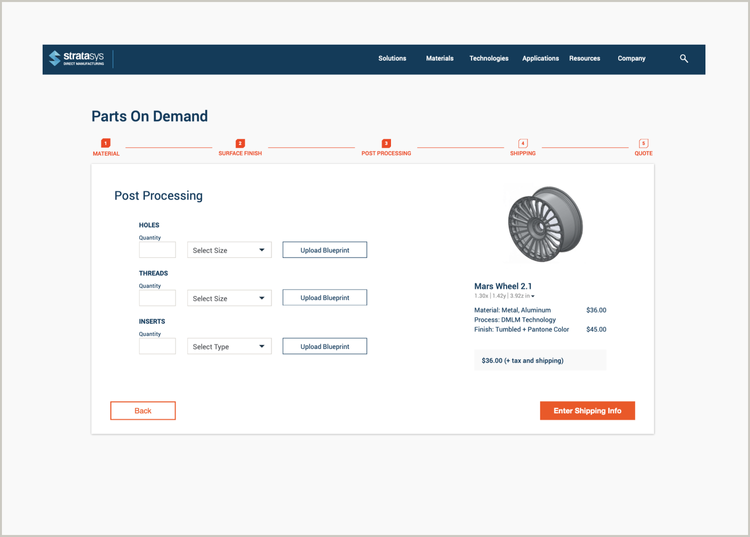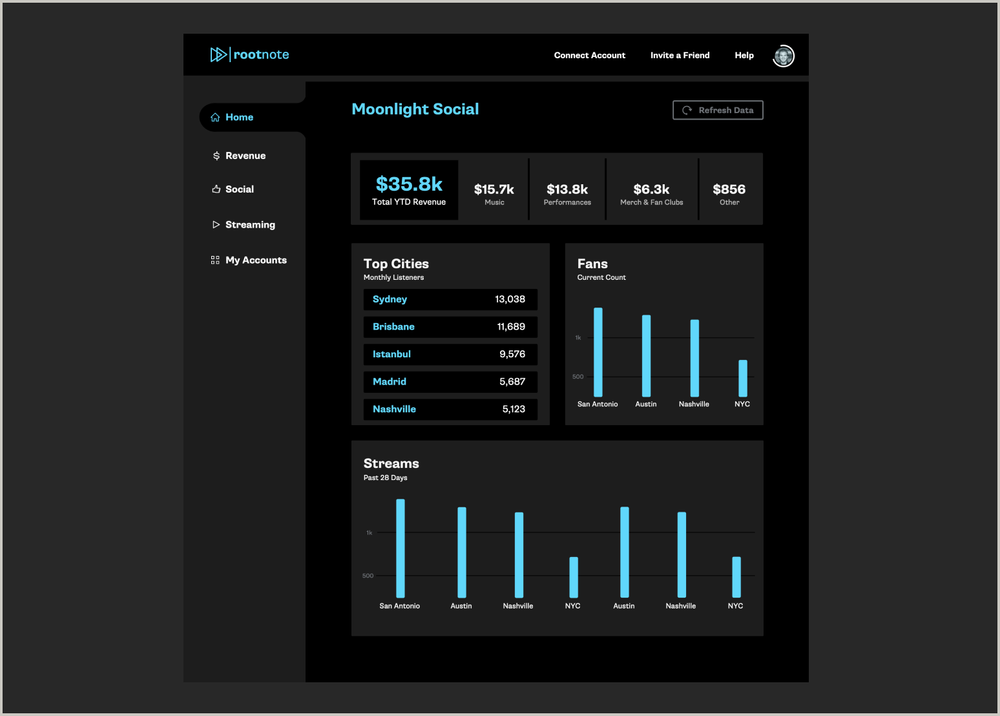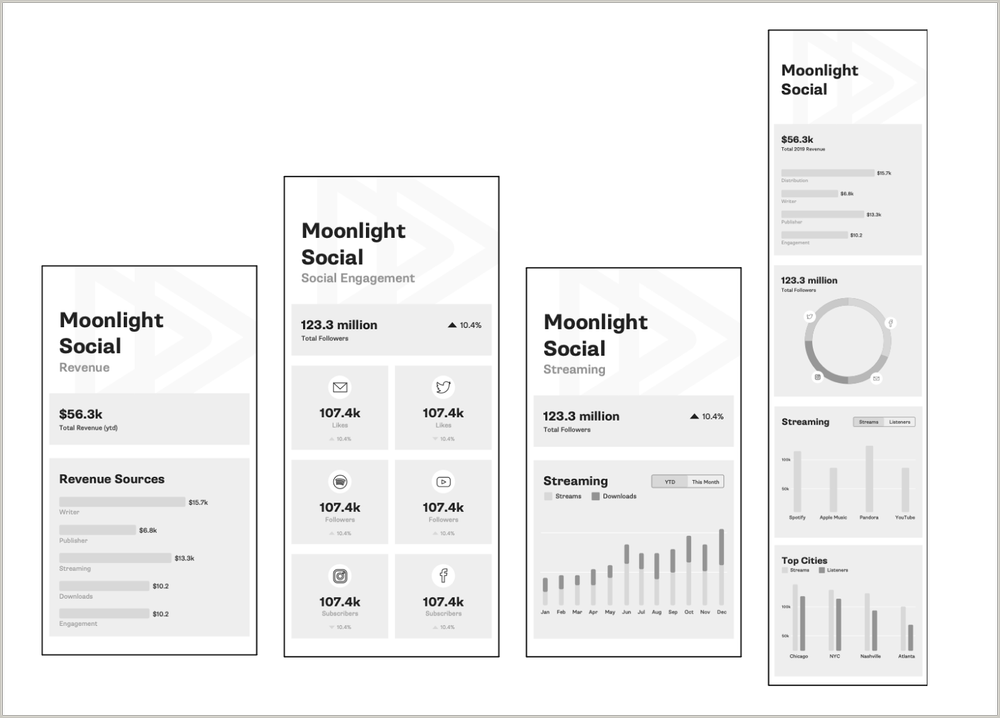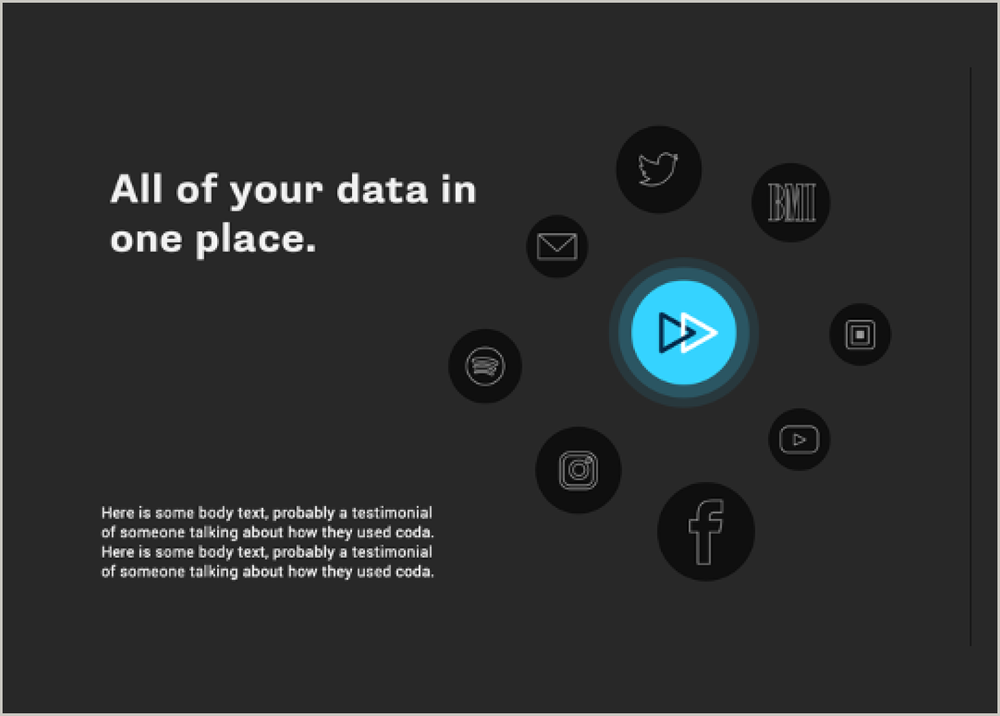Case Studies
UX Design
FIS
My Role: Research, Design Thinking Facilitator, Prototyping, Business Design, GTM Strategy Contributor, Storytelling and Pitch Content Creation
Deliverables: Journey & Process Maps, Competitive Research Readout, Behavioral Archetypes, Interactive Prototype, Feature Concept Flows, Business Model Canvas, Final Pitch Deck & Presentation
Background
As companies like Better.com, Rocket Mortgage, and Lending Tree grew in funding and popularity, fintech giant FIS [the parent company of World Pay] thought there may be an opportunity to leverage their existing relationships with small credit unions and large banks across the country to get into the very lucrative mortgage lending space. The FIS Innovation and Incubation team (FIS Impact Labs) is responsible for launching new ventures that will shape the future fintech landscape. Our team was tasked with exploring how FIS might enter the mortgage space.
What We Did
Our pod consisted of a market researcher, two experience designers (including myself), an engineer, a product manager, and a business consultant. I was responsible for leading the qualitative research effort to understand and thoroughly document both the lender side of mortgages and the buyer side and lead the pod at large though design thinking, rapid prototyping our ideas, and putting together the broader pitch deck to be delivered to our FIS stakeholders.
The mortgage lending space can be extremely predatory as you start to uncover truths around redlining and inequality in the underwriting process. We found the biggest area of opportunity, that addressed both lender and buyer pain points was to design a solution to assist in the information gathering, communication, and review process after the buyer chooses a lender, through the underwriting process.
Our team came up with 5 concepts for how we could streamline and simplify the mortgage review process for both W2 borrowers and the growing population of self-employed borrowers who historically had an extremely challenging review process. We chose three to prototype, outline initial business models and GTM strategies. I led the creation of our master pitch deck that we then presented to our stakeholders for investment.
Outcomes and Impact
While our stakeholders at FIS chose not to pursue innovating in the mortgage lending space, that felt like an important outcome in itself. Top down innovation is challenging, it requires you let go of your attachments to the outcome and focus on the problems and possibilities. In a new team, defining processes as we go, getting to a final pitch of concepts we were proud of was an important step in finding and defining how we work together.
In full vulnerability, my time at FIS was more brief than I had anticipated. Through the trials of defining our ways of working, toxic culture began to form and for my mental health, I courageously chose to step away.
What I Learned
Team culture fosters innovation. The importance of a psychologically safe environment that allowed me to bring my full self, and full value, to work.
Choosing courage over comfort. Choosing what's right over what's easy or safe; and practicing my values, not just professing them.
Stratasys
My Role: UX Research, Ideation Facilitation, Interaction Design, Prototyping
Deliverables: Process Maps, Interactive High Fidelity Prototype, Service Design Model, Interaction Models, and Stakeholder Concept Pitch & Strategy
Background
Stratasys is a global manufacturer of 3D printers, software, and 3D-printed parts on-demand. The company’s bread and butter had always been the sale of their 3D printers and software which, while lucrative on the front end, did not leave space for maintaining relationships with their customers long term, resulting in low customer LTV. The company was looking to grow their top line revenue when the CMO approached Slalom for support. They were looking for opportunities to leverage their existing products and services in a new way that would make single time 3D printer purchases into lifetime customers.
What We Did
As the sole representative for Slalom and lead on this project, I partnered with Stratasys’s global CMO and the executive directors of each product offering to; gain an understanding of their current product and services offerings, facilitate ideation sessions, prototype new ideas for concept testing, and deliver a pitch the CMO could bring to the board.
I spent a week onsite with the team, touring their facilities, learning their business operations, and gaining different perspectives hoping to identify under utilized service offerings that would be easy to quickly repackage/re-brand and scale. We found that their manufacturing service [printing parts for others using their in house printers] was highly rated, but mostly utilized by the same few clients in the aerospace industry and most of their customers in other industries were unaware of the service.
Together, we looked for ways to re-package their printing services to market them as a ‘virtual printer farm’ that new and existing 3D printer customer could outsource to if the printer(s) they owned were at capacity. The final delivery included an interactive ecommerce engine prototype, mock-ups and interaction models for how this might fit into their existing software, and materials around the value creation and implementation strategy for the CMO to present with at next board meeting.
Outcomes and Impact
The goal of this project was to quickly come up with ways to engage and increase the lifetime value of their new and existing customers to be pitched to the board and later validated. We came up with a concept that had a relatively low level of effort to implement, by repackaging their existing services, with a high potential impact by lowering the barrier to access overflow 3D printing services similar to how cloud services scale based on need.
What I Learned
As a solo consultant on this project, I was afforded the opportunity to truly become a member of the Stratasys team and embody a ‘one team’ mentality.
Courage; to show up with an open heart and mind so we can serve the work and each other, not my ego.
How to ‘rumble’; to stay curious and generous, to stick with the messy middle of problem identification and solving, to take a break and circle back when necessary, and how to have fun while doing it.
Cox Automotive
My Role: Competitive Research, Ideation Facilitation, Concept Prototyping
Deliverables: Journey & Process Maps, Research Synthesis, Behavioral Archetypes, Wireframes
Background
The used car industry has needed an experience refresh; so many options to choose from with no consolidated online place to search, it is no surprise startup companies Carvana and Vroom have become so popular. However, their ability to scale has been held back by their limited ability to store inventory. Enter automotive giant Cox Automotive, with a global dealership network they saw an opportunity to enter the space. Cox Automotive partnered with Penske and Equifax to explore what it might look like to launch an ‘all in one’ digital online car dealership that sourced inventory from their entire dealer network.
What We Did
As the sole representative for Slalom and lead on this project, I partnered with Stratasys’s global CMO and the executive directors of each product offering to; gain an understanding of their current product and services offerings, facilitate ideation sessions, prototype new ideas for concept testing, and deliver a pitch the CMO could bring to the board.
I spent a week onsite with the team, touring their facilities, learning their business operations, and gaining different perspectives hoping to identify under utilized service offerings that would be easy to quickly repackage/re-brand and scale. We found that their manufacturing service [printing parts for others using their in house printers] was highly rated, but mostly utilized by the same few clients in the aerospace industry and most of their customers in other industries were unaware of the service.
Together, we looked for ways to re-package their printing services to market them as a ‘virtual printer farm’ that new and existing 3D printer customer could outsource to if the printer(s) they owned were at capacity. The final delivery included an interactive ecommerce engine prototype, mock-ups and interaction models for how this might fit into their existing software, and materials around the value creation and implementation strategy for the CMO to present with at next board meeting.
Outcomes and Impact
Our team of nearly 30 people, across five pods, collaborated to create an extremely robust gallery walk where we put on display our findings and insights, initial product requirements, story boards and PRFAQs, and plans for next steps. We hosted out stakeholders for a multi-day presentation and review where they chose to continue the project and invest in phase two.
What I Learned
This project was the first time I felt the impact of too many cooks in the kitchen. With five seperate stakeholder groups including two supporting organizations there was a lot of swirl, disconnected priorities, unspoken expectations, and closed door meetings.
The importance of clear expectations and group alignment; clear expectations around what success looks like, how we’ll measure it, what it will take to get there, each persons role and contribution, and structure for collaboration and co-creation is key to success.
RootNote
My Role: Mobile and Desktop Product Design, Interaction Design, Branding, Marketing Collateral
Deliverables: Analytics Tool, Desktop and Mobile Designs, Design System, Component Library, Marketing Website, Partnership Ad Designs, Pitch Deck
Background
With the rise of music production software and the ease of sharing music through Spotify, the music industry has seen an explosion of emerging new talent. Whether you are a big artist like Beyonce, or make music as a passion project, keeping up with the business side of making and sharing music can be extremely difficult. RootNote is a venture fund that invests in bands and artists as companies. As they continued to grow their portfolio, they saw a need for one consolidated view of their companies/bands performance that pulled insights from socials, streaming platforms, music rights management, royalties, etc. and allowed them to evaluate each company in real time.
What We Did
I had originally worked with RootNote to restructure and design their seed round pitch. Once they closed funding they brought me on as their first designer as they expanded their business and made their foray into technology. The goal was to develop an MVP prototype that the founders could share in additional funding rounds and to develop partnerships.
I worked together with the founders, our engineer and operations lead to define the MVP core capabilities and features of a band analytics tool; revenue, social, streaming and a global overview. I then created wireframes, high fidelity mock-ups, and core feature flows for both desktop and mobile. I also led the re-brand of the company, created a design system and component library, as well as a marketing website.
Outcomes and Impact
As a team, we were able to put together a compelling outline of the MVP product including a new brand, light and dark modes, mobile and desktop prototypes, and models for how the product would scale to other users such as management companies or agencies. My final deliverable was an updated pitch deck they could use to raise capital for the build.
Following our time together, RootNote was able to use the designs, prototypes, collateral, and pitch deck I created to raise $150,000 in venture capital.
What I Learned
Startup founders are often times extremely passionate and protective over their projects and struggle to adopt a user-centric mindset. This was the case with one of the co-founders of RootNote. While he had the best of intentions, his goals and ideas were often misaligned with the goals and needs of our customers. This led to two very important lessons learned:
Compromise; the art of understanding a stakeholders perspective, identifying and aligning on measures of success, offering another perspective on how to achieve the same goal, and co-creating the path to get there.
When to continue on; the hardest part of this project, was knowing when it was time for me to walk away. When COVID19 hit, the music community shut down, which shifted the immediate needs of our customers and presented new challenges and opportunities for our founders. The new direction created an environment that fell out of my comfort zone. I was able to feel good about my contributions to date and the friendships I created there.
